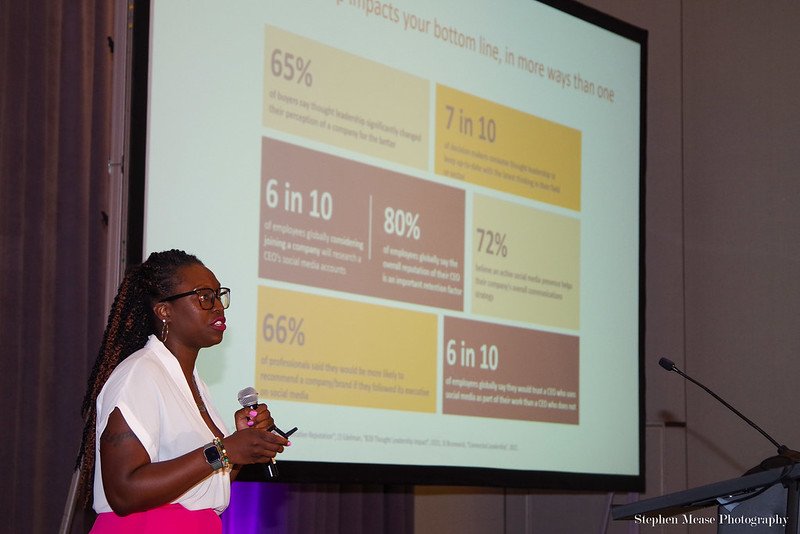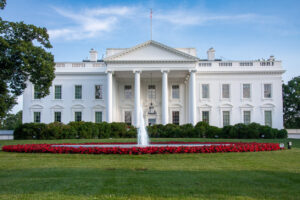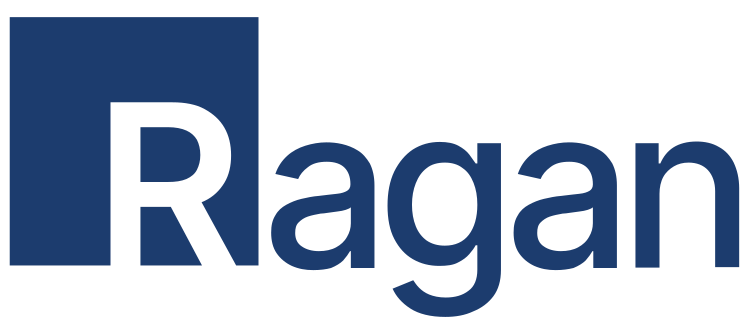How to position yourself as a thought leader on LinkedIn and beyond
There’s a process to becoming a thought leader, but it’s attainable.

Thought leadership isn’t about being the first to come up with an innovative idea — it’s about being able to communicate your wisdom to others in a way that inspires them to take action.
Leaders are not leaders just because they have a good title or a large following on social media. Thought leaders are people who share valuable ideas and content and are able to inspire their followers to act.
As part of this year’s Ragan and PR Daily’s Social Media Conference at Disney World, Regina Dowdell, senior content solutions consultant at LinkedIn, shared how to create compelling thought leadership that inspires action.
Recognizing your whitespace
Where can you find the intersection of your expertise, what you actually care about and the interests of your community? The whitespace is a visual metaphor for this intersection. Once you recognize this opening to begin expressing your thoughts and ideas around your expertise and interests, you’re on the right path.
Have a perspective that fosters dialogue
As a successful thought leader, you’re not just regurgitating what you’ve read on prominent news sites, you’re really providing your knowledge. You’re positioning yourself as a trusted expert, even if your opinions are completely different from how the rest of the industry is speaking about a topic.
You want to share your perspective, but you’re also not one of those people who will post and then go silent. The most effective thought leaders actively engage in the different conversations on the platform to build community and want to foster dialogue. This includes commenting and responding to comments on your posts.
Dowdell frames the thought leadership process as a crawl, walk and run course, where you cross the finish line as a thought leader.
Building a profile with presence
The road to executive profile mastery begins with a crawl or establishing your presence. This includes creating a profile that connects with members, reflects your personality and interests and gives members interesting reasons to follow and connect with you.
“Why should you create a profile that connects with people, and gets them involved in what you have to say? It reflects your personality. LinkedIn is not that suit and tie button-down platform anymore,” Dowdell said. “It really is a place where you can show your personality and your core interests.”
Next, you walk by developing consistency and focusing on establishing consistent content themes and whitespace along with a cadence of content creation that’s fun and sustainable. Explore topics and focus on one to two formats.
And finally, you’re ready to run when you have mastered thought leadership and provoking dialogue. This stage includes experimenting with multiple content formats, posting at least weekly, and integrating executive content with brand themes. Aim for both creating and participating in ongoing dialogue across the platform.
Once you’re running, Dowdell explained it’s key to keep the momentum going by humanizing content with posts that feature other companies or people, building a strong community by following relevant voices to learn from others, fostering dialogue and discussion, and getting inspiration for future content that the broader community might be interested in.
Search #RaganDisney on Twitter to discover more gems from the magical event.
Isis Simpson-Mersha is a conference producer/reporter for Ragan. Follow her on LinkedIn.
COMMENT
Ragan.com Daily Headlines
RECOMMENDED READING
Tags: External Communications, LinkedIn, social media, Thought leadership







